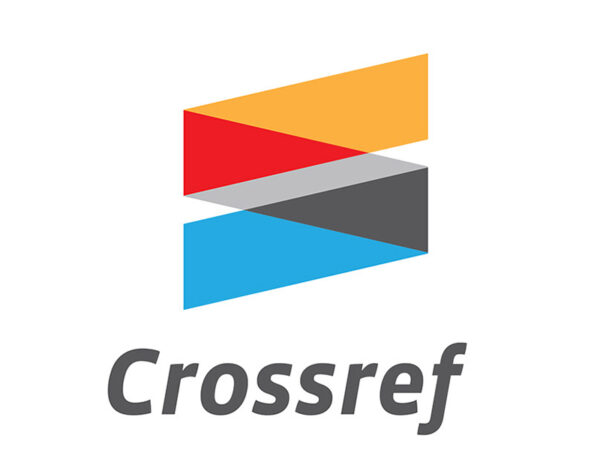Look-Alike Face Recognition Using Deep Learning
Abstract
The identification of similarities and differentiation between look-alike and non-look-alike features in facial images is a burgeoning research area, holding significant promise for applications in imposter identification. This task is complicated by variations in poses, illumination, and gestures within images of the same individual. Convolutional Neural Networks have emerged as a potent tool for face recognition, demonstrating notable efficiency. This research presents a novel methodology that combines image processing and CNN techniques to predict look-alike facial images with a high degree of accuracy. Achieving an impressive 95% accuracy on a dataset comprising 5000 images, our approach surpasses current cutting-edge methods in the field. In the realm of look-alike face recognition, the IMDB-wiki dataset serves as the foundational dataset. For face recognition, we employed various VGG models, such as VGGFace, VGG16, and VGG19. These models possess the capability to extract diverse facial features. To determine the similarity between two faces, we utilized methods such as cosine similarity, KNN (K-Nearest Neighbors) Euclidean distance, and Manhattan distance. This research contributes to the advancement of effective techniques in the evolving landscape of look-alike face recognition.
References
[2] Yang, S., Luo, P., Loy, C. C., & Tang, X. (2016). Wider face: A face detection benchmark. In Proceedings of the IEEE conference on computer vision and pattern recognition (pp. 5525-5533).
[3] Qi, D., Tan, W., Yao, Q., & Liu, J. (2022, October). YOLO5Face: why reinventing a face detector. In European Conference on Computer Vision (pp. 228-244). Cham: Springer Nature Switzerland.
[4] Utralytics, "YOLOv5," [Online]. Available: https://github.com/ultralytics/yolov5
[5] Schroff, F., Kalenichenko, D., & Philbin, J. (2015). Facenet: A unified embedding for face recognition and clustering. In Proceedings of the IEEE conference on computer vision and pattern recognition (pp. 815-823)..
[6] Liu, Q., Puthenputhussery, A., & Liu, C. (2015, September). Inheritable fisher vector feature for kinship verification. In 2015 IEEE 7th international conference on biometrics theory, applications and systems (BTAS) (pp. 1-6). IEEE.
[7] Wang, J., Song, Y., Leung, T., Rosenberg, C., Wang, J., Philbin, J., ... & Wu, Y. (2014). Learning fine-grained image similarity with deep ranking. In Proceedings of the IEEE conference on computer vision and pattern recognition (pp. 1386-1393).
[8] Rosenfeld, A., Solbach, M. D., & Tsotsos, J. K. (2018). Totally looks like-how humans compare, compared to machines. In Proceedings of the IEEE Conference on Computer Vision and Pattern Recognition Workshops (pp. 1961-1964).
[9] Sadovnik, A., Gharbi, W., Vu, T., & Gallagher, A. (2018). Finding your lookalike: Measuring face similarity rather than face identity. In Proceedings of the IEEE Conference on Computer Vision and Pattern Recognition Workshops (pp. 2345-2353).
[10] Lamba, H., Sarkar, A., Vatsa, M., Singh, R., & Noore, A. (2011, October). Face recognition for look-alikes: A preliminary study. In 2011 International Joint Conference on Biometrics (IJCB) (pp. 1-6). IEEE.
[11Davis, C., & Jacquez, A. Finding Your Celebrity Look Alike.
[12] Rustam, Z., & Faradina, R. (2019, May). Application of Fuzzy Kernel C-Means in face recognition to identify look-alike faces. In Journal of Physics: Conference Series (Vol. 1218, No. 1, p. 012045). IOP Publishing.
[13] Rustam, Z., & Faradina, R. (2018, November). Face recognition to identify look-alike faces using support vector
machine. In Journal of Physics: Conference Series (Vol. 1108, No. 1, p. 012071). IOP Publishing.
[14] Khodabakhsh, A., & Loiselle, H. (2020, September). Action-independent generalized behavioral identity descriptors for look-alike recognition in videos. In 2020 International Conference of the Biometrics Special Interest Group (BIOSIG) (pp. 1-6). IEEE.
[15] Su, F., & Sinnott, R. O. (2022, December). Celebrity Face Matching Using Deep Learning. In 2022 IEEE Asia-Pacific Conference on Computer Science and Data Engineering (CSDE) (pp. 1-6). IEEE.







